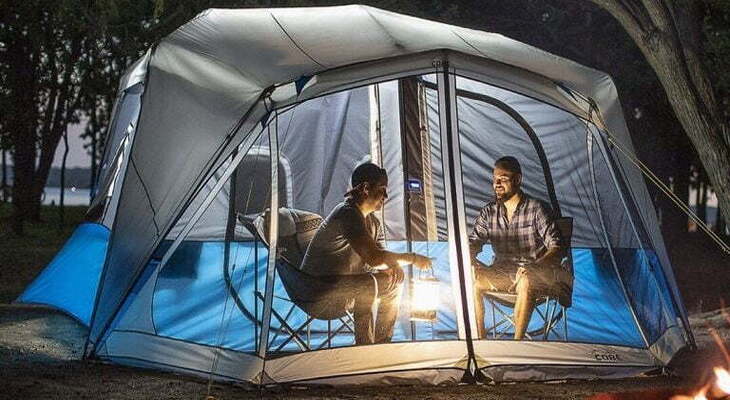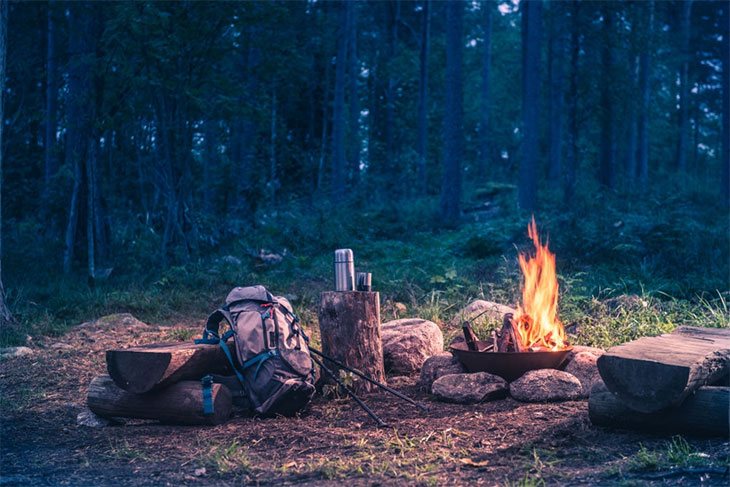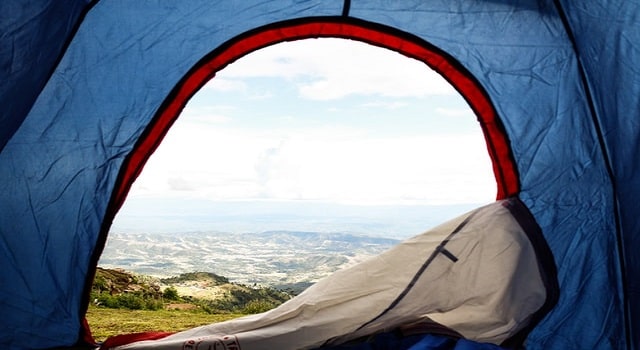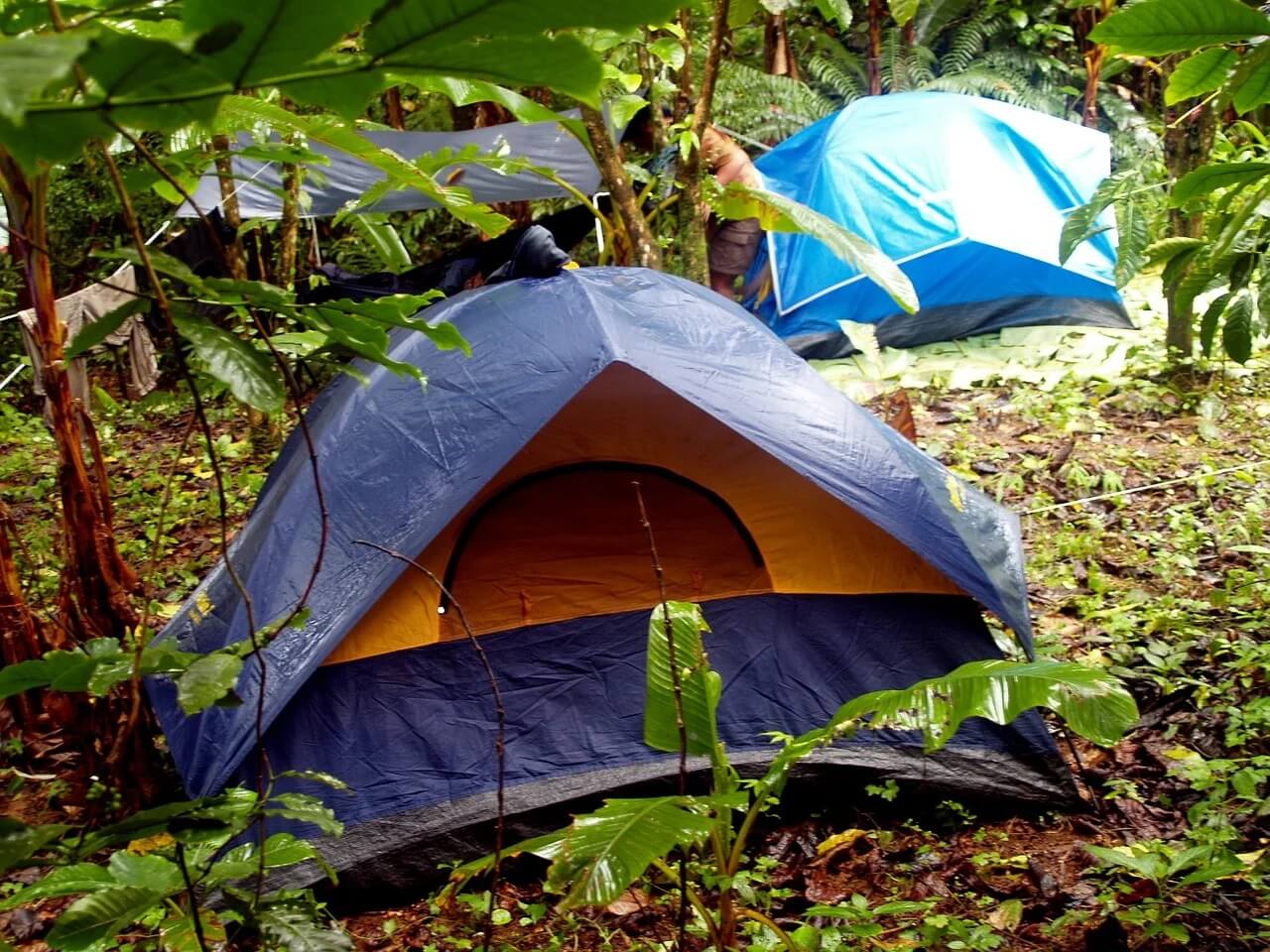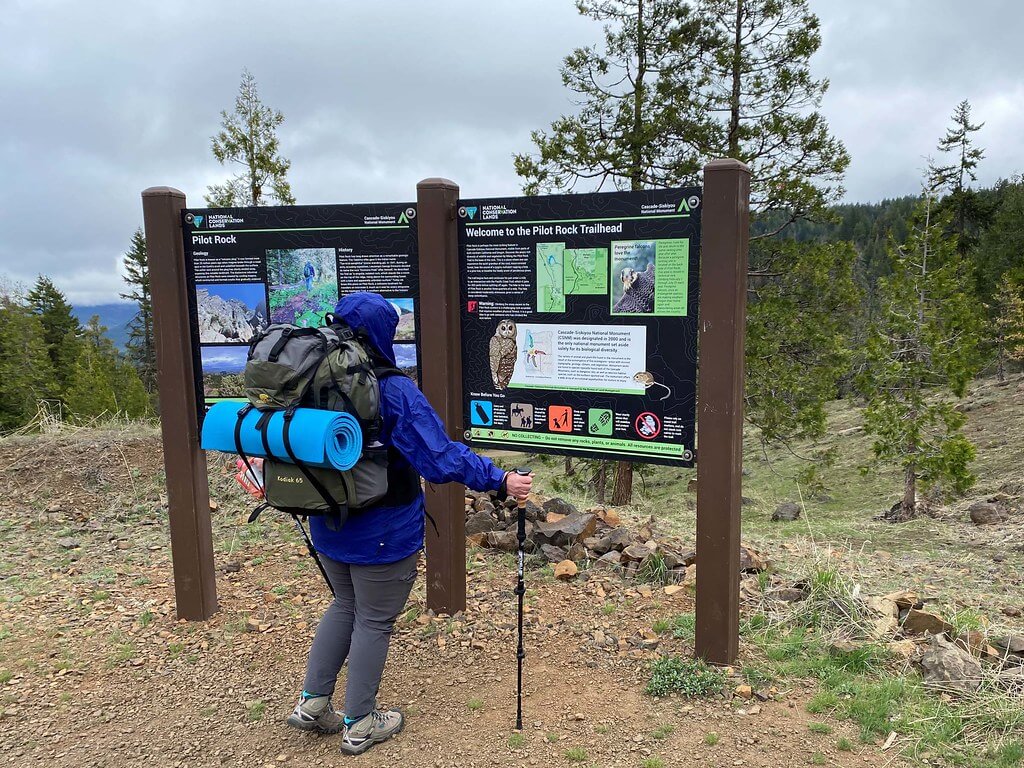
Carrying water while backpacking is not a luxury. It is a necessity that has to be done. However, many backpackers don’t know How to carry water backpacking the right way and how to carry water while backpacking. They end up carrying water in an inefficient way that results in fatigue.
It is important that you can carry your own water if you decide to go hiking. If you are a beginner or you are hiking in a hot place, then carrying water could be the difference between you making it home or not. This blog will look at how to pack water for backpacking. It will also look at some of the common problems that you may encounter and how you can solve them.
When you have finished reading the blog you will be able to carry water backpacking.
Contents
1. How do you transport water when backpacking

You usually have two options for transporting water. The first is to use a hydration bladder, such as a camelback or platypus, which stays inside your pack near your back and allows you to drink through a pipe that you attach to your shoulder strap.
2. How much water should you keep with you when packing
Every 2 hours of backpacking should be accompanied by 1 liter of water. This should be adjusted to suit your specific circumstances. You should also take into account your age, your walking intensity, your sweat rate, your body type, the duration of your walk, the weather, and how far you walked.
3. How much water should I drink on a 2-day backpacking trip
So how do you maintain balance and get the right amount of water for your supplement? A general rule of thumb is that many backpackers (including me) carry 1 liter of water for every 2 hours of hiking with water.
4. Why do pedestrians use tube bottles
The mouthpiece is wide, which makes it easier to clean if you plan to use anything other than water. For example, if you need to put some electrolyte/tablet energy into the water, you can safely clean the bottle and prevent mold from forming and causing stomach problems as you grow.
5. How do pedestrians get clean water
Fortunately, there are now many simple and easy ways to clear the water that accumulates along the trail when walking comfortably. You can choose between chemical treatment (iodine or chlorine), filtration, ultraviolet light, or boiling. Each of these methods is very effective when used correctly.
6. Is it better to drink water or not
Drinking water and letting it sit in the mouth and then helping the alkaline saliva to reach the stomach under the esophagus helps neutralize the acidity level in the stomach. Drinking water directly through a bottle allows water to flow down the throat without burning saliva in the stomach.
7. How heavy is a bag
Doctors recommend that the weight of the bag be between 10 and 15% of a person’s body weight. If a 90-pound sixth-grader lifts 15% of his weight, the bag should not weigh more than 13 pounds.
8. What should you not bring when packing
5 Things You Shouldn’t Carry When Packing 1) A Large Bag. 2) Tons of extra fabric. 3) Anything you can’t afford to lose. 4) A lot of things. 5) Large quantity of medical supplies.
9. How much water do I need for a 5 hour journey: how much water to bring backpacking
So if you estimate that your journey is 5 hours, you should bring at least 10 cups (2.3 liters) of water per person. Be careful not to take these rules too seriously! Some people drink more water than that. These guidelines are a good start.
10. How long does it take to walk 5 miles
5 miles on foot. For the average hiker, a 5-mile hike should take anywhere from an hour and a half to three hours. However, there are several variables that can affect this time. I’ve summarized the most common factors that will affect your 5 miles run time.
11. How much water do I need for a 20-mile journey
About half a liter of water per hour of moderate activity at moderate temperatures is a good general recommendation. You may need to increase the amount of drink as the temperature and intensity of activity increase. For example, you may need to drink 1 liter or more of water per hour for a sharp rise in temperature.
12. Why do backpackers carry smart water bottles
This is due to its long and elongated shape with a small diameter. They can be stored in a bag strap and work better than other bottles. Personally, I like 20 oz Gatorade bottles for pack straps because the mouth is large which allows for easy filling and drying.
13. What is a good bottle of water for hiking
Water Bottle Comparison Chart Bottle Price Category Clean Canteen Classic $ 20 Daily / Hiking Hydroplask Trail $ 45 Daily / Hiking Hydropack Reckon $ 17 Hiking / Everyday Yeti Rambler $ 40 Daily.
14. Why do backpackers use smart water bottles
Smart water bottles are affordable, durable, lightweight, and fit in the pocket of almost any water bottle in any bag. You can find them almost anywhere and they come in with water! For these reasons, we give the Glaceau Smart Water Bottle our budget pick award for the ultralight backpacker.
15. How is wild camping water treated
Ultra Violet Light Ultraviolet (UV) light is one of the most effective ways to purify water. UV rays destroy the DNA of pathogens and are an effective way to stop the production of microorganisms. Basically, there are two different devices on the market that you can use to purify water in forest camps.
16. How is water purified while camping
Chlorine or iodine tablets are an effective and space-saving way to purify water. Water purification tablets should be placed directly in the water bottle, and after some time (usually 30-60 minutes) the water is safe to drink. Follow the instructions included with your cleansing pills.
17. Do Iodine Pills Purify Water
Iodine tablets are a quick and easy way to purify water if you know how to do it right. Bleach will kill some species of disease-causing organisms, but not all, which may be present in water (chlorine and iodine may not be effective in controlling more resistant organisms such as cryptosporidium).
18. Can I drink too much water
However, drinking too much water can be dangerous. Excessive hydration can lead to water intoxication. This is when the amount of salt and other electrolytes in your body is greatly reduced. Hyponatremia is a condition in which the level of sodium (salt) is dangerously low.
19. Is it okay to drink all the water at once
Your body strictly controls its water balance, and drinking too much at one time can lead to serious side effects. So it is better to keep your water intake away and drink water continuously throughout the day.
20. Is drinking too much water harmful to the kidneys
If water is consumed in large quantities continuously, it can lead to kidney stones and chronic kidney disease. In addition to sudden dehydration, he said that it can lead to severe kidney failure and unconsciousness. People with kidney or heart problems usually cannot tolerate overdose. Of liquids
